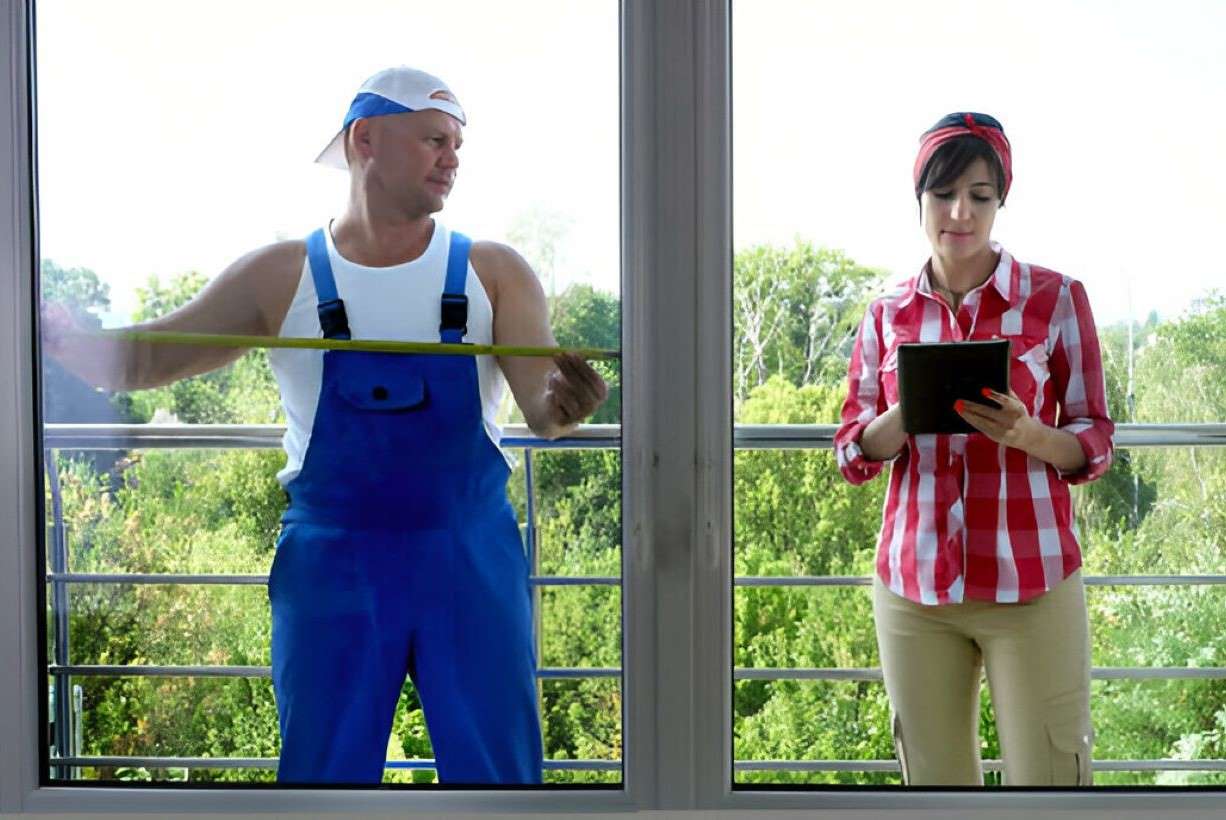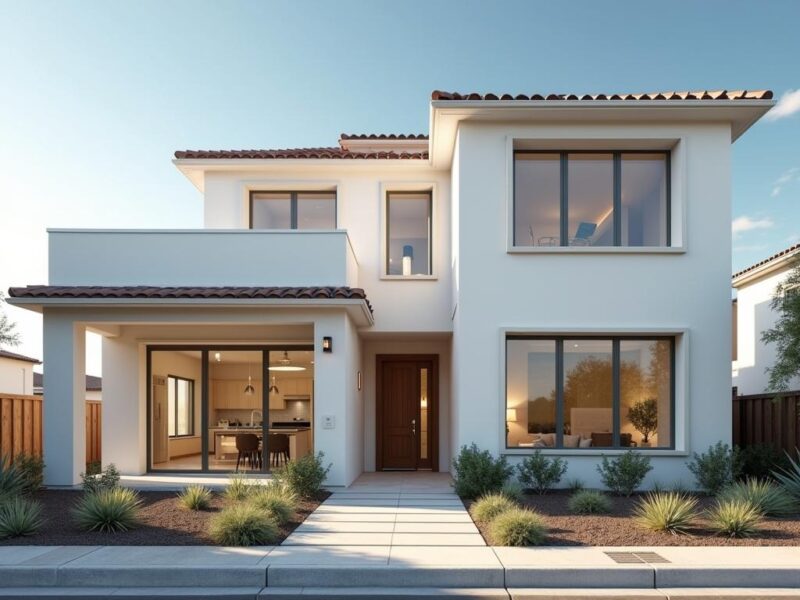When it comes to replacing windows, the installation method plays a crucial role in determining the overall cost of your project. Understanding the different types of window installations can help you make an informed decision that balances your budget with your home’s needs.
In this article, we’ll explore how various installation methods impact the total cost of window replacement and what factors to consider when choosing the right option for your home.
Full-Frame Installation: A Comprehensive Approach
Full-frame installation involves removing the entire existing window, including the frame and surrounding materials. This method is typically more expensive than other options, with costs ranging from $500 to $1,500 per window. The higher price is due to the increased labor and materials required for a complete replacement.
However, full-frame installation offers several benefits that may justify the cost. It allows for addressing any underlying issues such as rot or moisture damage. This method also provides an opportunity to improve insulation and update the look of your home more comprehensively.
Retrofit Installation: A Cost-Effective Alternative
Retrofit installation, also known as insert replacement, involves fitting new windows into existing frames. This method is generally less expensive than full-frame installation, with costs typically ranging from $300 to $800 per window. The lower price is due to reduced labor and material requirements.
Retrofit installation is ideal for homes with frames in good condition. It’s a quicker process that causes less disruption to your home. However, it may not address underlying issues and could limit your options for changing window styles or sizes.
Pocket Installation: A Middle-Ground Option
Pocket installation is similar to retrofit installation but involves removing more of the existing window components. This method typically costs between $400 and $1,000 per window. It offers a balance between full-frame and retrofit installations in terms of cost and benefits.
Pocket installation allows for some customization and can address minor frame issues. It’s a good option for homeowners who want to update their windows without the full cost of a complete frame replacement. However, it may not be suitable for all situations, especially if there are significant structural problems.
New Construction Installation: For Major Renovations
New construction installation is typically used in new builds or major renovations where the wall is open. Costs for this method can vary widely, ranging from $300 to $1,200 per window. The price depends on factors such as window size, material, and complexity of the installation.
This method allows for maximum customization and ensures proper fitting and insulation. However, it’s usually not practical or cost-effective for simple window replacements in existing homes. It’s best suited for situations where walls are already exposed or being significantly altered.
Energy-Efficient Installation: Long-Term Savings
Energy-efficient installation focuses on maximizing the window’s insulating properties. This method can increase upfront costs by 10-20% compared to standard installations. However, it can lead to significant long-term savings on energy bills.
Energy-efficient installations often involve additional steps such as proper sealing and insulation around the window. While more expensive initially, these installations can improve your home’s comfort and reduce energy costs over time. They’re particularly beneficial in extreme climates or for homeowners looking to reduce their carbon footprint.
Conclusion
The type of window installation you choose significantly impacts the overall cost of your window replacement project. Full-frame installations offer comprehensive solutions but at a higher price, while retrofit and pocket installations provide more budget-friendly options for homes with frames in good condition.
Consider factors such as your home’s age, current window condition, and long-term goals when deciding on the best installation method. By understanding these options, you can make an informed decision that balances cost with performance and longevity for your new windows.



